|
Hocking Hills, where does one begin, this is an area I've been visiting since I was a child, it is so very dear to my heart and I know I'm not alone on this. Every year millions of people travel from all over the world to experience the beauty that is this natural area. You'll find everything from waterfalls, cliffs, and caves. By observing the rocks you can travel through time and observe the history of Ohio.
The first people to explore and establish in this area were of the ancient Adena culture over 7,000 years ago. More recently in the 1700s Native Americans would travel through these caves and hollows. In the 1800s white settlers began settling in the land and by the late 1800s it became a popular scenic attraction. In the 1920s the State began purchasing this land to preserve these natural features. The rocks tell us so much more than that. The highlighted features of the Hocking Hills complex are carved from Black Hand Sandstone and shale. This bedrock was deposited more than 350 million years ago as a delta in the warm shallow sea which covered Ohio at that time. The millions of years following, the uplift and stream erosion created the remarkable features you can see today. Sandstone varies in composition and hardness from softer, loosely cemented middle zone to harder top and bottom layers. The recess caves like those seen at Ash Cave, Old Man's Cave, and Cantwell Cliffs are all carved in the softer middle zone. Weathering and erosion widened cracks found in the middle layer of sandstone at the Rock House worked to create the unusual formation found there. When observing the rocks you can also see interesting features like cross-bedding, honeycomb weathering, and slump blocks. Although glaciers never reached the park areas, their influence can be found throughout the area in the form of the vegetation such as the towering eastern hemlocks, the Canada yew, and the yellow and black birch growing in the gorges. While we weren't able to visit all of the parks on this trip, we did see quite a few... Rock House, Conkle's Hollow, Old Man's Cave, Cedar Falls, and Ash Cave (Missing - Cantwell Cliffs, Whispering Cave) Click "Read More" to read about each place we visited and enjoy some of the photos we took along the way.
0 Comments
A cool, overcast day - perfect for taking photos of flowers and re-visiting a few of my favorite places!
There's a lot going on out there, summer blooms - whorled loosestrife, moth mullein, swamp candles, and even the rose pogonia orchids at the bog! The summer months also bring out the sedges (have edges) and rushes (are round). At the bog, some interesting changes have taken place after this winter's management of chopping down the trees (many were the high bush blueberries) that had been slowly but very surely taking over the sphagnum mounds, the bog plants have been able to breathe and get their much needed sunlight with the trees gone, and the round-leaf sundews have been taking full advantage of that! I found sundews in areas I've never seen before! At any rate, click 'read more' to see photos from today's adventures and to learn more. We've all heard the rhyme "April showers bring May flowers", but just what blooms in May?
Follow along as we post about a new flower every day in May, some familiar, some may be new, all beautiful in their unique sort of way! We've all heard the rhyme "April showers bring May flowers", but just what blooms in May?
Follow along as we post about a new flower every day in May, some familiar, some may be new, all beautiful in their unique sort of way! We've all heard the rhyme "April showers bring May flowers", but just what blooms in May?
Follow along as we post about a new flower every day in May, some familiar, some may be new, all beautiful in their unique sort of way! This project has been such a great learning experience for me, I started it on a whim in March 2016 while out watching for wildflowers (which in and of itself turned out to be an amazing independent study for me). I walked the same trail every day for a full month observing changes, growth, erosion, watching how winter changes to spring, spring to summer, summer to fall, and fall back to winter. It opened my eyes to the life-cycles of plants - what ones bloom and die (like the dutchman's breeches), what ones stay long after their blooms (like the bloodroot and wild ginger leaves), what ones come along much later in the season but certainly claim their place (like the bedstraw, nettles, and goldenrod). It amazed me just how abrupt the seasons do change, from May to June the whole forest turned green, then from October to November it all disappeared. Below is a collage of each month's view of the trail - click on each picture to be taken to that month's post. I want to thank you all for following along on this project, I hope you got as much out of this as I have (or even if it merely inspired you at all to go outside and explore your world, I'd call that a win!). February's HikeFebruary's hike was a fantastically snow covered one,
the early morning snow still clinging to the trees, for just one moment the world was quiet and calm. Somewhere in this photo is a Polygonia comma butterfly - an Eastern Comma. You might be thinking 'but it's too cold out for butterflies, there's snow on the ground', and generally you'd be right but the Eastern Comma is one of the unique species that can hibernate through winter and wake up to feed on the earliest of the spring wildflowers!
"Overwintered adults fly and lay eggs in the spring until the end of April. The summer form emerges and flies from May-September, laying eggs that develop into the winter form. These adults appear in September or October and soon seek shelter in which to overwinter." The past two months the local fungi has emerged in all it splendor. It's nearing the end of the season and I'd say this year's turn out was pretty great.
Enjoy the gallery of some of the ones I've found then scroll to the bottom to learn more about one of the most common types of fungi and then one of the most unique types I've found this year.
Migration map courtesy of All About Birds - Cornell Lab of Ornithology
Wood Anemone (Anemone Quinquefolia) is a delicate spring wildflower rising up from a stalk which has basal leaves and a whorl of 3- to 5-parted leaves at its apex.
With the flower sitting on top a long stalk, it has a tendency to tremble in the breeze giving it the secondary name "Wind Flower". Blooming April - June in wet 'mucky soil' forests. The Rue-anemone is a delicate woodland perennial, blooming between March and June in moist wooded areas. At the top of the stalk is a lacy whorl of 3-parted, dark-green leaves above which rises delicate, reddish-brown stems bearing pink or white blossoms.
It is similar to Wood Anemone, except for the numerous flowers and rounded leaflets. The leaves of Rue Anemone are similar to those of the meadow-rues. There is also a False Rue-anemone which has similar flowers but is much taller and has three sets of deeply lobed (three fingered) leaves. Grows in large groups. This unique plant is one of the most interesting plants I've been able to find this season.
Beginning in late winter, the skunk cabbage is the first life to emerge from the cold snow covered ground. Through its rapid growth, its cellular respiration actually melts the snow around it reaching up to 60 degrees fahrenheit! The skunk cabbage gets its name from the smell emitted from the spathe (reddish brown thing: photo 1) generally after disruption or bruising. This smell is important as it attracts the flies that will then pollinate the spadix (round yellow ball that sits inside the spathe: photo 1). By late spring, a tight roll of bright green leaves emerge from next to the spathe, slowly unraveling into huge green cabbage-like leaves that will blanket the wet and wooded area in which it lies. One of the more unique places I enjoy spending my time is at Brown's Lake Bog. A sphagnum moss covered bog which hosts a variety of unique and interesting plant life. In the span of a week a whole new variety has bloomed. April 5th 2016 Week one the cut-leaf toothwort is in bud form, the fiddleheads are just starting their awakening, the carnivorous pitcher plants are opening their tiny red cups, the mayapple are sprouting widely, and the ground ivy is blooming the vibrant purple blue that it does. While walking along, we saw a Brown Creeper and a Yellow Crowned Kinglet (bird species I had never seen before)! There were also a herd of deer, various chipmunks, and the occasional peeping frog singing. April 13th 2016 One week later we find the first sign of the roundleaf sundew (carnivorous), more activity with the pitcher plants, as the water warms further along more fiddleheads are rising from their sphagnum moss mounds, spring beauties blanket the forest floor, turkey tail fungi welcomes the sun, tracks of a raccoon friend imprinted in the mud, cutleaf toothwort opens, in the distance you can see the green moving in, somewhere amongst these trees is a brown creeper, the teeny tiny kidney leaf buttercup opens its first bloom, the teeny white flowers of the chickweed are now visible, green everywhere, and lastly the dead nettle shows off its purple shades. What a time to explore! The Trout Lily (erythronium americanum) has just started its spring bloom here in north east Ohio, it can be clearly identified by its mottled leaves with which it receives its name - said to resemble the coloring/patterning of that of a speckled or brown trout. Each flower arises from a set of two leaves upon a stalk bearing only one flower. The outer flower appearing bronze and the inner a bright yellow.
It is sometimes known under the common name Dog Tooth Violet due to the toothlike shape of the underground bulb. However, since it's not part of the violet family this is a confusing nomenclature (let's just stick to trout lily). There is also a White Trout Lily (erythronium albidum) which bears similarly patterned leaves but are more narrow and the flower is white (sometimes tinged lavender). Bloom time for the white trout lily is generally Feb. - April. This time of year walking around cool damp woods near creeks or streams you might catch a glimpse of a shiny, bright yellow little (about 1inch) flower hidden amongst the old leaves and beginnings of new plant growth. This is more than likely a Swamp Buttercup - Ranunculus septentrionalis (or if it's taller and the stem is covered in bristles, a Bristly Buttercup or Ranunculus hispidus) Some other common names: Bachelor Button, Blister Plant, Bristly Buttercup, Butter Daisy, Crazy Weed, Crowfoot, Gold Knot, Hispid Buttercup, Marsh Buttercup, Northern Swamp Buttercup, Pilewort, Rough Buttercup, Spearwort, Swamp Crowfoot, and Three-leaved Buttercup, Three-leaved Crowfoot, Wood Buttercup. Folklore: Swamp Buttercup, as well as other members of the Genus Ranunculus, had some folklore associated with this plant. The name of Ranunculus may have also originated from a Libyan boy of that same name. This boy wore green and yellow silk and liked to sing. One day, some wood nymphs got tired of his singing and turned him into a flower. Swamp Buttercup had other stories as well. Farmers sometimes rubbed the yellow flowers over the cows’ udders or hung the flowers over their barn doors in hopes of producing golden yellow cream. If a person placed one of the yellow flowers under their smooth chin and it reflected the flower’s glow, then that person loved butter. Some people believed that smelling the flower or placing it next to your neck under a full moon would drive you insane. Flowers photographed at Wooster Memorial Park March 29 and 31st 2016
Dutchman's Breeches (Dicentra cucullaria (L.) Bernh.) are a native wildflower to the Eastern US which produces blooms March - May in rich and rocky deciduous woods and ravines. A long stem emerges from the fern-like foliage to bloom pantaloon-resembling flowers (hence the name). These can be differentiated from the similar looking 'squirrel corn' by the sharp spurs and yellow bases of the 'breeches' where as the 'squirrel corn' has more of a round heart shape and does not have the yellow base. Both the squirrel corn and the dutchman's breeches are of the 'bleeding heart' family and as with the bleeding hearts are highly toxic and can cause irritation even to the touch (unless you're a bumblebee). This plant is an important source of pollen and nutrients to early awakening bees.
Upon the arrival of summer, the dutchman's breeches will go dormant until early spring comes around again. A native to the Eastern US, the Cutleaf Toothwort (Cardamine concatenata) is an early bloomer in the spring wildflower season.
Found primarily in moist woodlands, flowering from April - June, it can be properly identified by the sharply-toothed, deeply-lobed leaves. Flowers bloom in clusters, four petals per flower generally white, but can be white tinged with pinks or purples. The leaves and rhizomes are both edible, raw or cooked. Supposedly the taste is peppery - reminiscent of horseradish. The common Coltsfoot (Tussilago farfara) goes by various other names, coughwort, hallfoot, horsehoof, foalswort, fieldhove, bullsfoot, donnhove, and in France Pas d'âne.
One of the earliest flowers to bloom, coltsfoot's flowers superficially resemble the dandelion, upon further inspection you will clearly be able to tell the difference by size (flowers are much smaller) the stem (much thicker, scaly, and taller) and the leaves are either nonexistent when blooming or the full round leaves (resembling a colt's foot) where as the dandelion have oblong sharp lobed leaves. Flowers can be found blooming February - June along roadsides and other waste places. The name colts foot comes from the leaf shape's resemblance to a cross-section of a colt's foot. Originally from Europe, settlers introduced the coltsfoot to America for medicinal purposes. As a medicinal herb, coltsfoot has been used for centuries for many purposes: cough dispeller, in treating asthma, bronchitis, and other respirator ills. In the past in Paris, the coltsfoot flowers would be painted as a sign on the doorpost of an apothecaries shop. An extract of fresh leaves can be used for making cough drops or hard candy, and its dried leaves can be steeped for a tea. (pregnant, young, and elderly should take caution using this herb) Below you can see the early bud, the flowers opening, and a full blooming flower. Every New Years Day we make a point to start the year out in nature. The past few years have been at the Gorge Metro Park in Cuyahoga Falls, we've New Years hiked through both sun and snow, negative degrees to balmy. This year, however, has, is, and will be, different than the past 4 or 5 years. At the turn of the new year, we had relocated so Noah may attend school to pursue his dream of becoming a park ranger. Conveniently enough, it has brought us back to our old hometown. The biggest challenge was leaving the Summit Metro Parks and the National Parks system, the convenience of having so many great, diverse, parks just a short drive away had really spoiled us. But we can't look at this so much as a loss as it is an opportunity to really explore a whole new area, find the hidden treasures off the beaten path, and hopefully inspire others to do the same. So for this year's New Year's Day hike we chose Johnson Woods State Nature Reserve to explore. This past summer we tried to explore this preserve, but we were rushed through by the swarms of mosquitoes who found us to be a delectable treat. With this being a wetland with old growth trees, it makes sense. About the woods from the ODNR website: "Johnson Woods is one of Ohio's largest and best remaining old-growth forests. Many trees rise 40-50 feet before the first limbs occur and several are more than 400 years old. Some are 120 feet tall with a diameter of 4 to 5 feet. The largest trees, then and now, are white oaks, red oaks and hickories. Many of the larger oaks and hickories are now dying because they have reached the end of their biological lifespans. As older trees die, they are being replaced by more shade-tolerant trees, such as sugar maple and American beech. As a consequence of this natural succession from an oak-hickory community to a beech-maple community, the maples and beeches are becoming more prominent members of the forest community at Johnson Woods. Swamp forest communities, dominated by red maples and pin oaks, are found in the more poorly drained sections of the preserve. Several buttonbush swamps are found in depressional areas which are frequently associated with a swamp forest community. An impressive display of wildflowers flourishes in the spring, including trout lilies, large-flowered trillium, several species of violets, and windflower. Summer brings the cathedral-like canopy of leaves, which becomes more colorful as autumn has its affect on the woods. Winter emphasizes the massive trunks and the height of the huge trees. In addition to its importance as one of the few old growth forest stands remaining in Ohio, Johnson Woods is also significant for its size. At 206 acres, Johnson Woods is a self-supporting ecosystem. Its large size makes it less vulnerable to storm damage and threats from disease. Birds, such as the pileated woodpecker, scarlet tanager, Acadian flycatcher, wood thrush, ovenbird and hooded warbler, are found nesting at Johnson Woods along with many other species that are dependent upon larger tracts of forests. The size, age and history of Johnson Woods make it one of the most significant forest communities in Ohio." It was a frigid, blustery winter day, amplified by the unseasonable warmth which had kept the grass green up to that point. No snow had fallen so everything felt sharp and crisp. None of that would stop us, it was a new year and we must go outside!
The forest floor is a soft swampy ground, so a boardwalk leads the way through the trees and brush. Along the path are markers informing you about the trees and the grounds with which you wander. A bench allows you to rest and contemplate the trees, some trees here have been since before the Mayflower landed on the shores of America, it's inspiring and humbling to be in the presence of the trees. Reflecting on them makes our existence feel so short and insignificant. The trail is an easy one mile loop, but there's so much to see. With the newly set on cold weather, the ice needles had rose from the ground (see the last couple images), more info on what and why those are to come. The briskness of the walk was the perfect wake up for the new year. I look forward to exploring the trail more as the seasons change. Believe it or not, it's still a jungle out there... just, an ever shrinking jungle. This is why conservation efforts and nature preserves are so very important. One of my favorite places to explore when I get the itch for isolation, to be in a primitive land, to see things different, to remind myself there is more in this world than the day-to-day is Brown's Bog. It's located down a dirt and gravel road, off a back road in the middle of the country, there is no address, there are no facilities, just a small pull off and a sign to let you know you've arrived. But first, a little about Ohio's State Nature Preserves...
"Brown's Lake Bog is one of a handful of sites in Ohio which contain an open kettle- hole lake surrounded by a floating sphagnum moss mat. The bog and surrounding forest were purchased by The Nature Conservancy in 1966. The preserve was declared a National Natural Landmark in 1968.
The preserve lies in the Glaciated Allegheny Plateau region of northeastern Ohio. The bog and lake are glacial relicts, and the knolls in the northeast corner and southern part of the property are glacially formed hills called kames. The naturally acidic properties of sphagnum and its ability to insulate the water from rapid air temperature changes provides the special conditions needed to maintain the boreal plant community including round-leaved sundew, large cranberry, grass-pink orchid and marsh five-finger. The lowland woods south and northeast of the main bog support shallow ephemeral pools during much of the year." There are over 20 different species of rare or endangered plant forms that are able to survive due to this unique environment. Take a trip and see how many of these interesting species you can find!
|
AboutSince 2015 we have been exploring and sharing all the amazing things we’ve found in nature. AuthorEmily is an Ohio Certified Volunteer Naturalist who is most often found out in the woods. Archives
June 2024
Categories
All
|
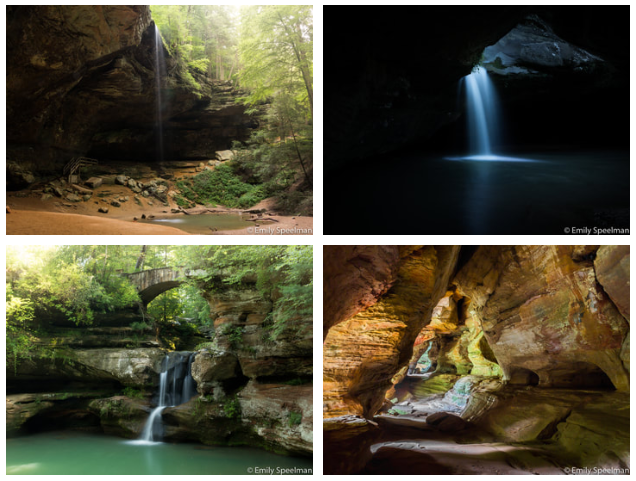
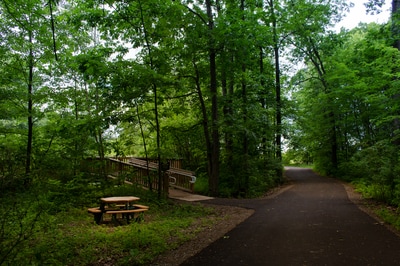
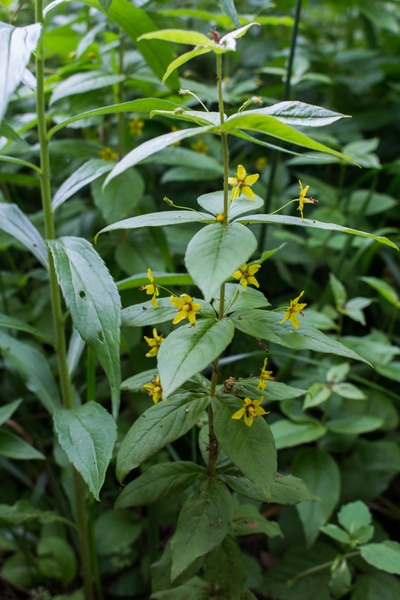




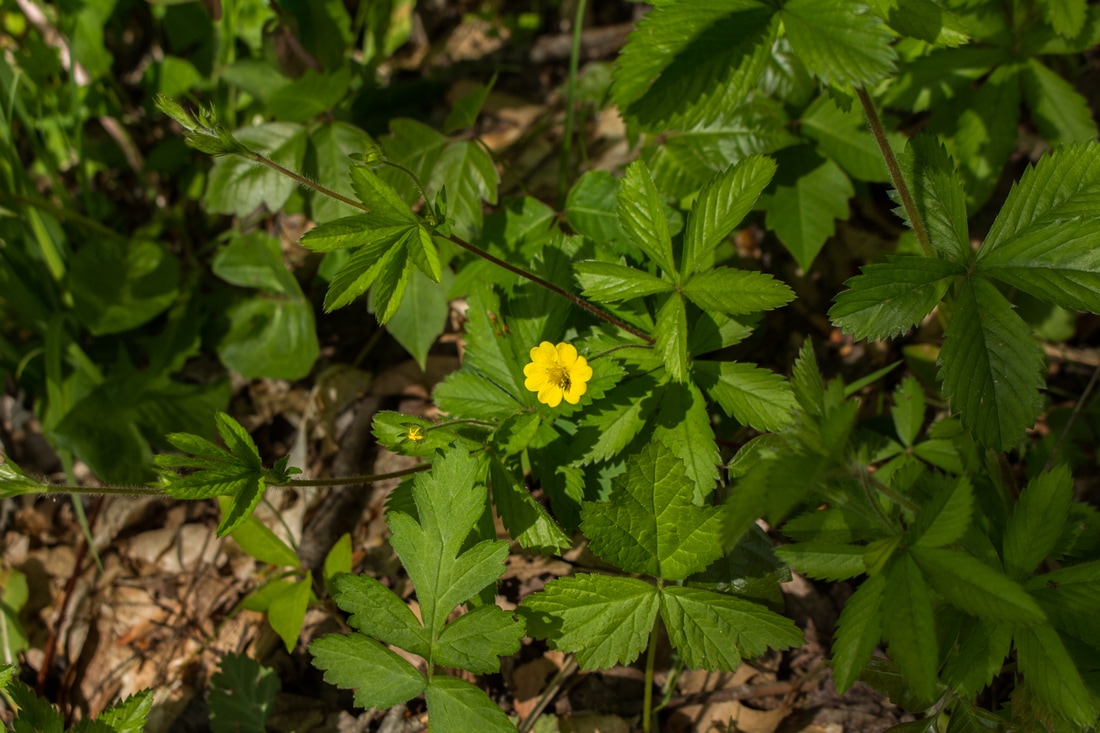
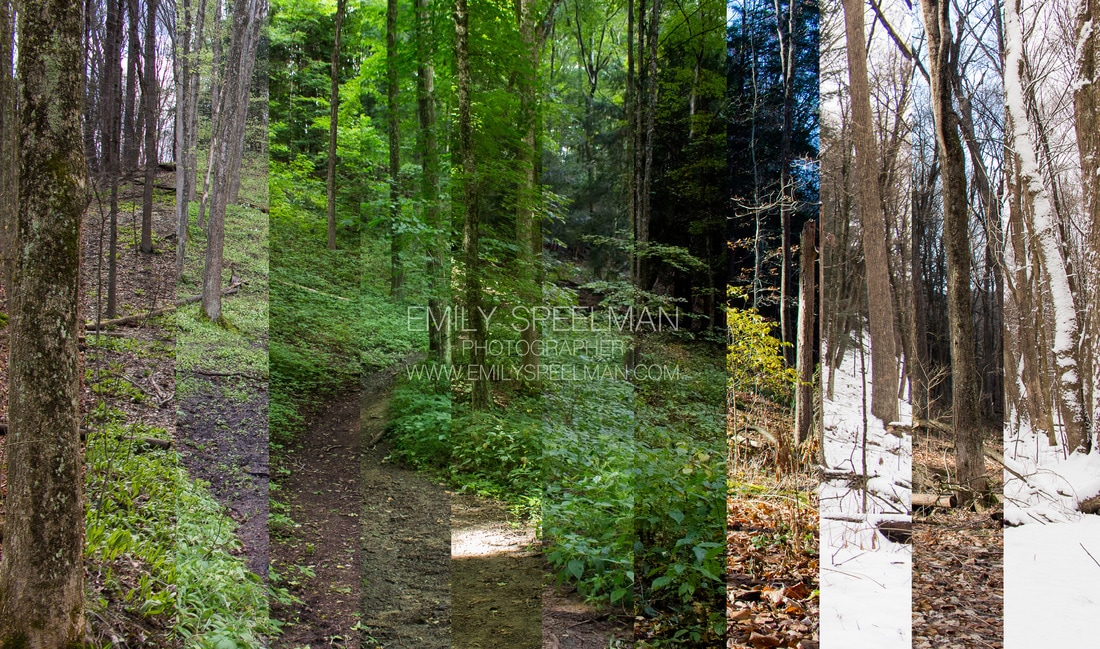
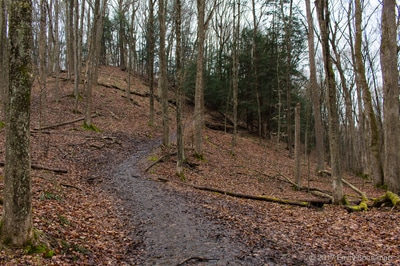
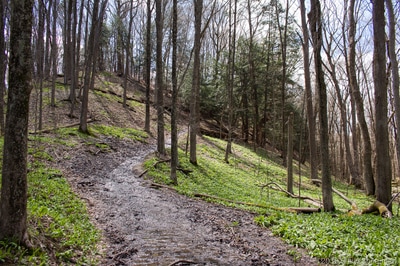
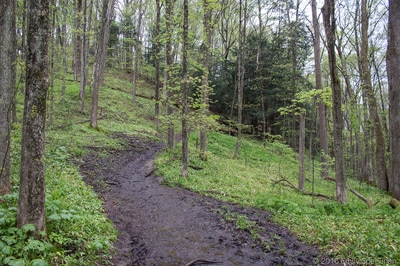


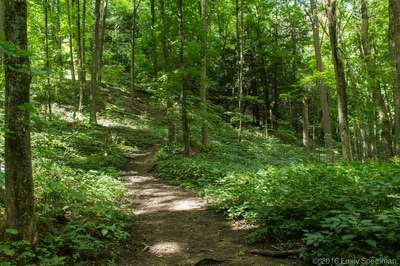






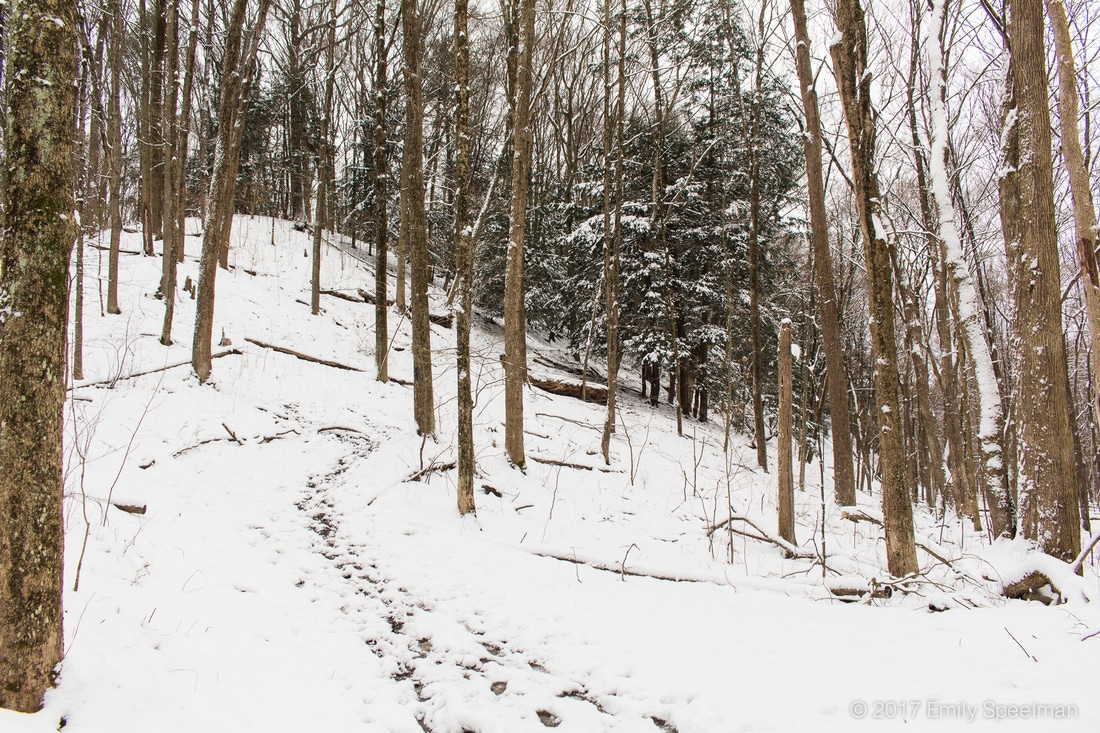
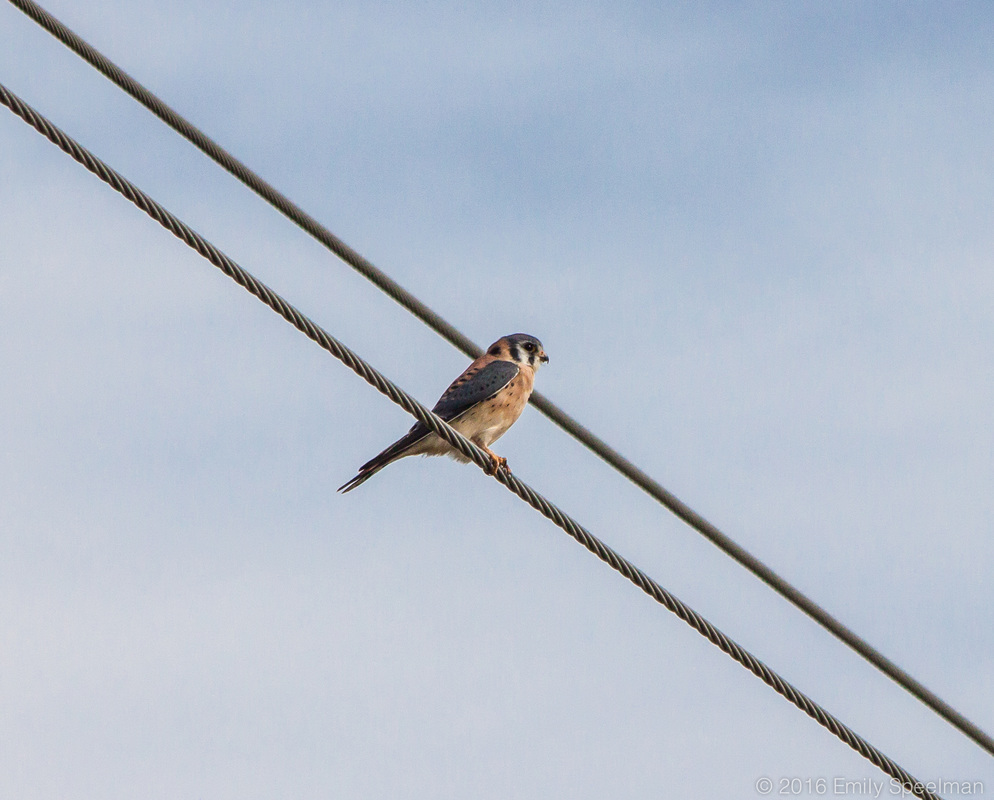
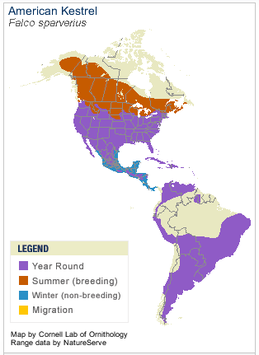
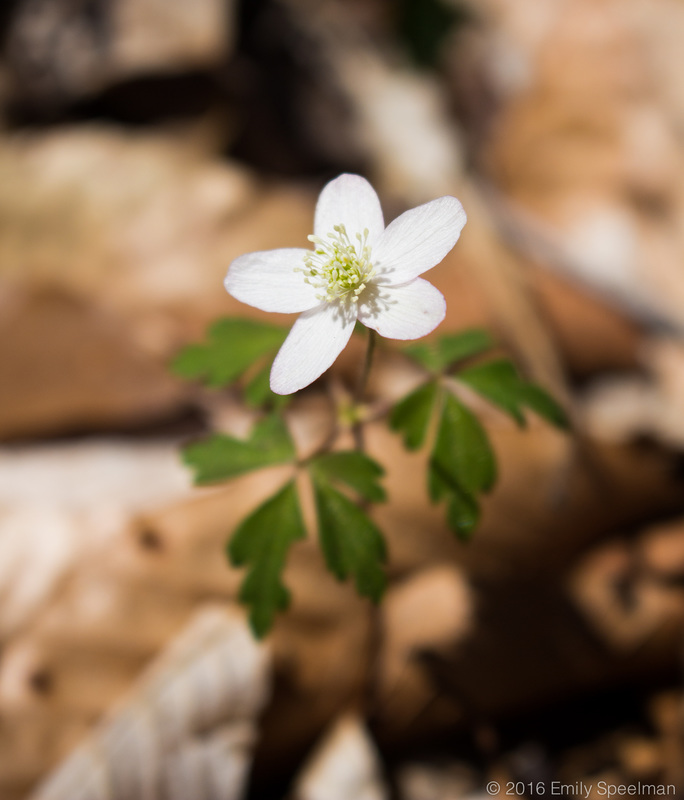
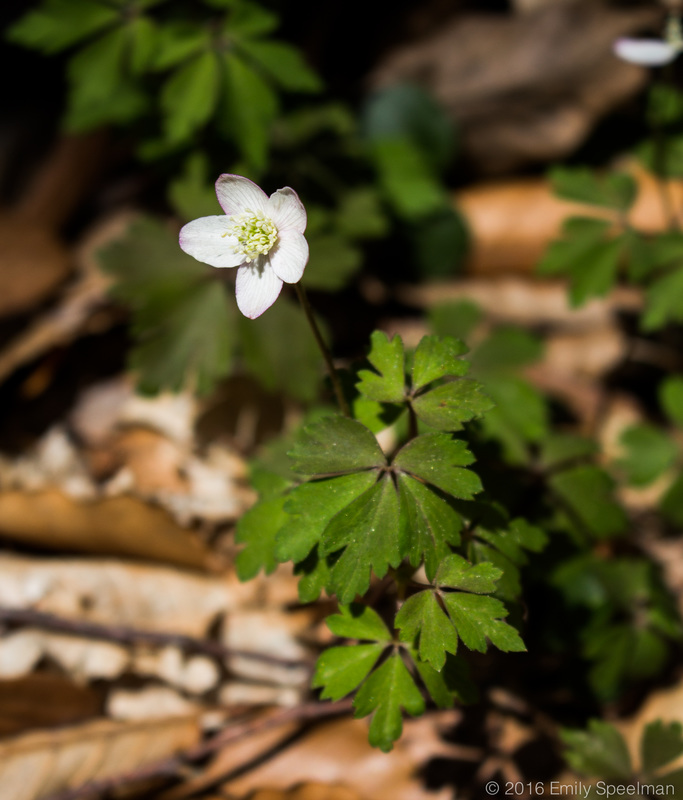
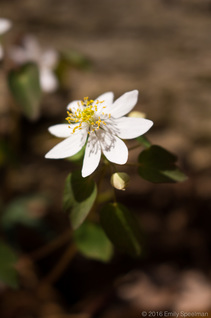

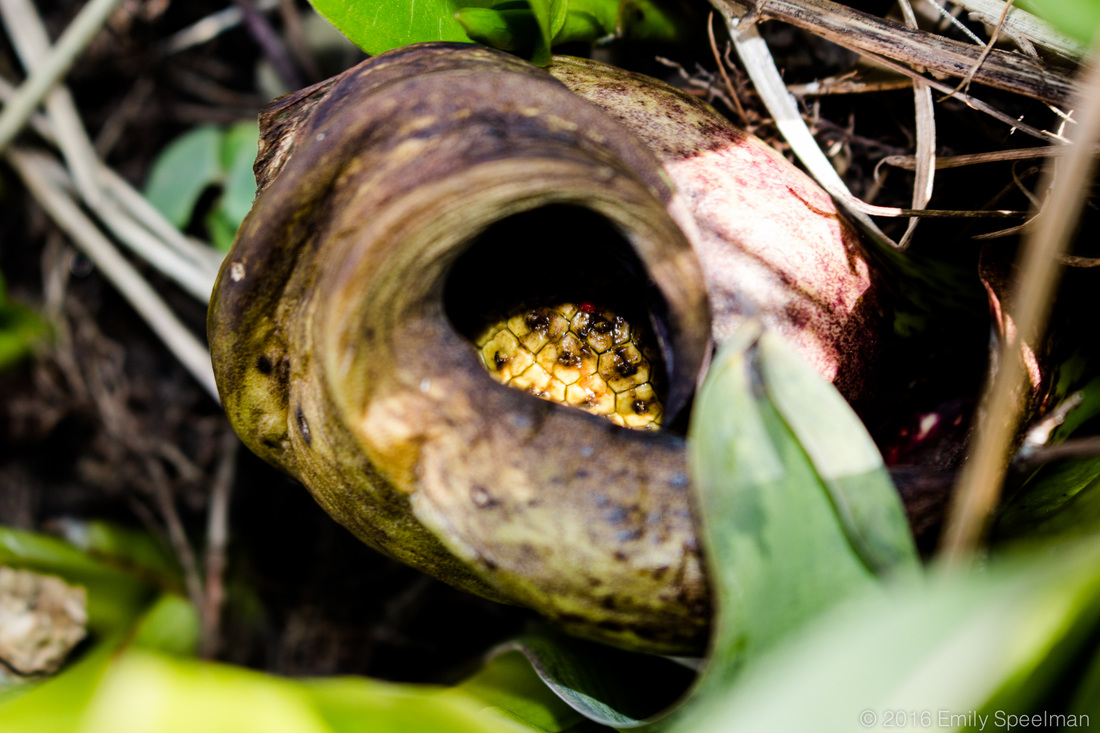

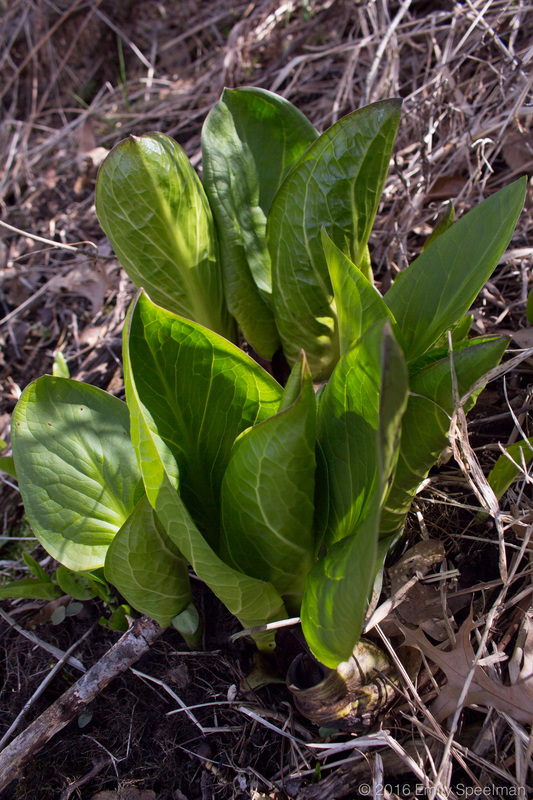

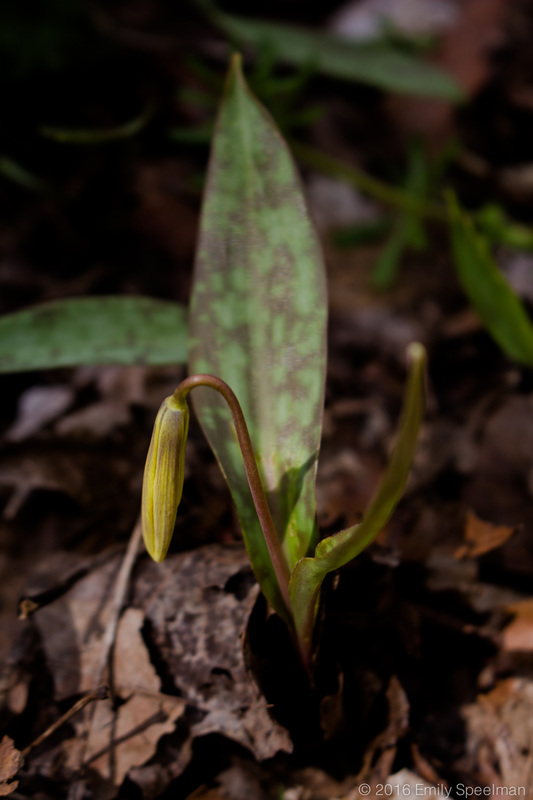
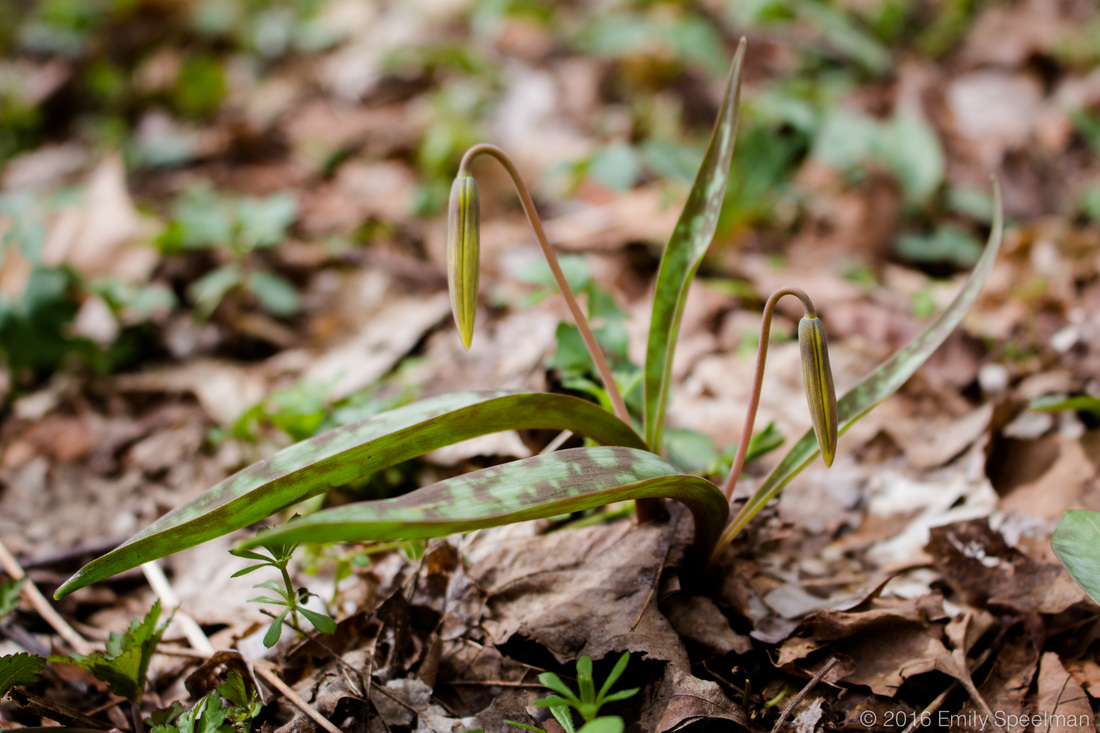


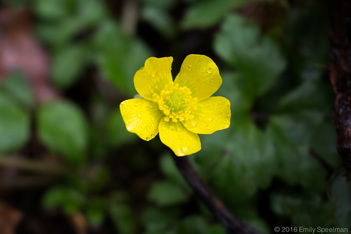


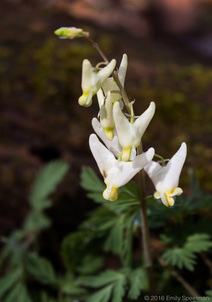
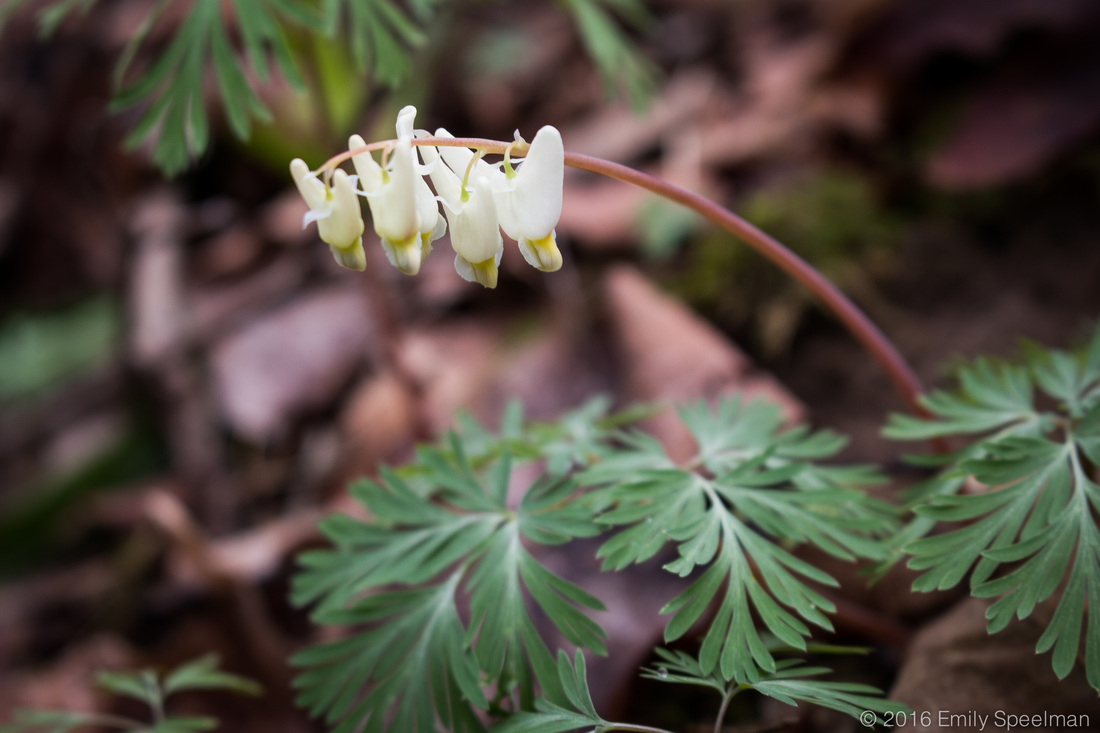
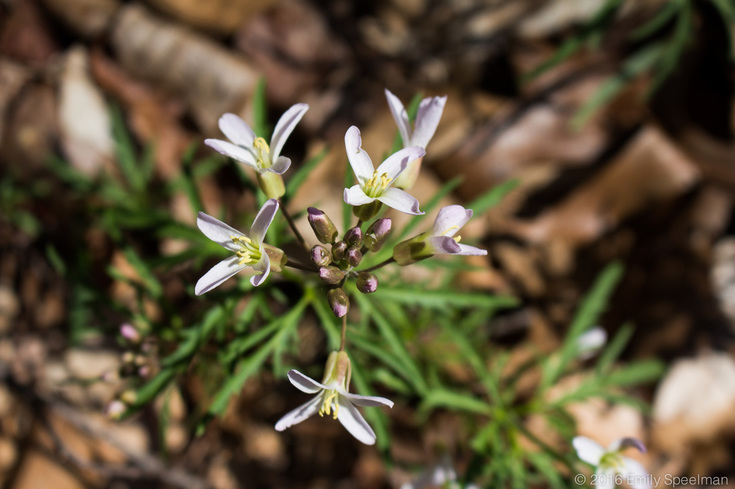
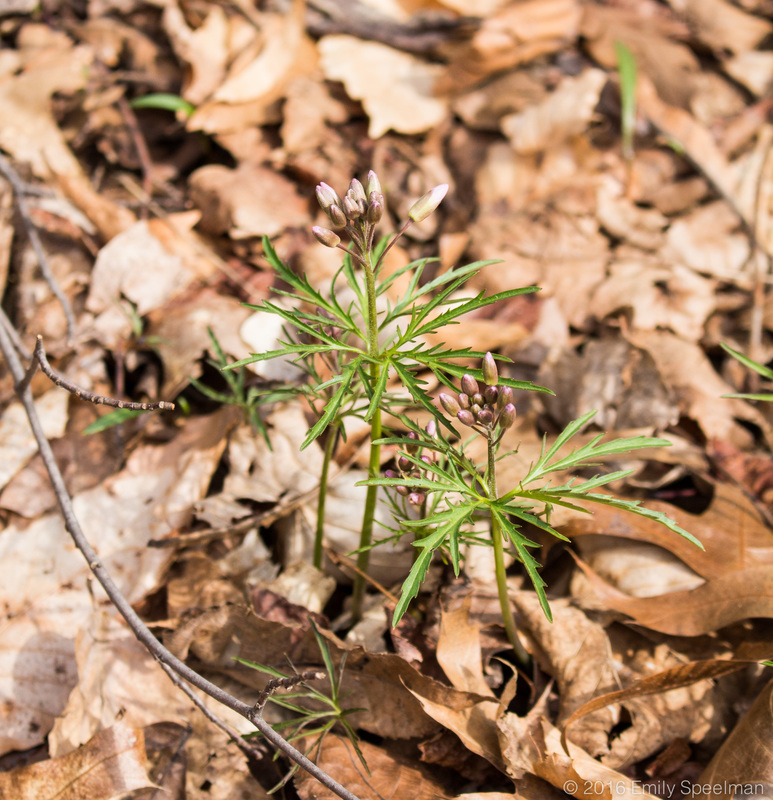
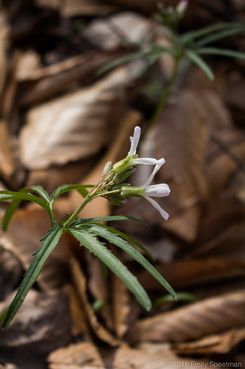


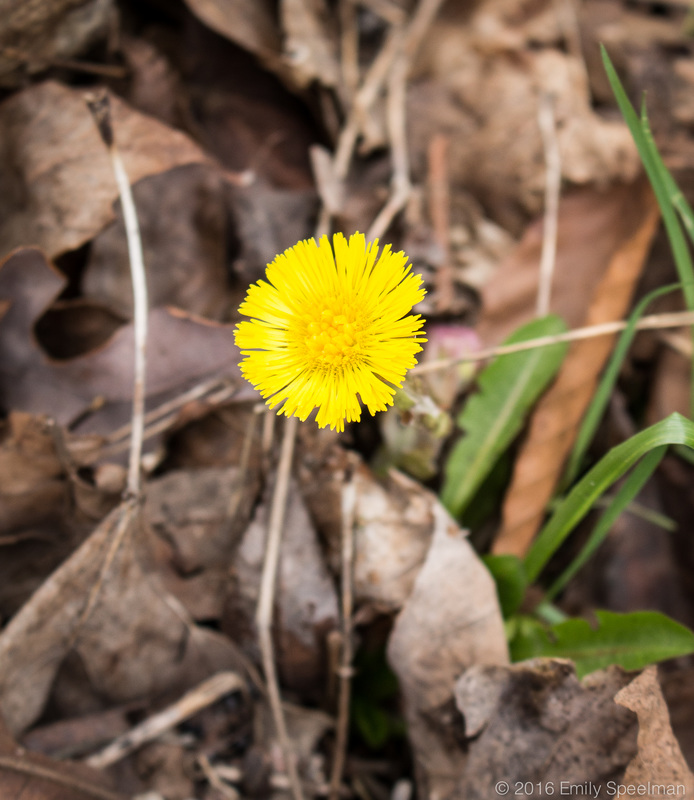
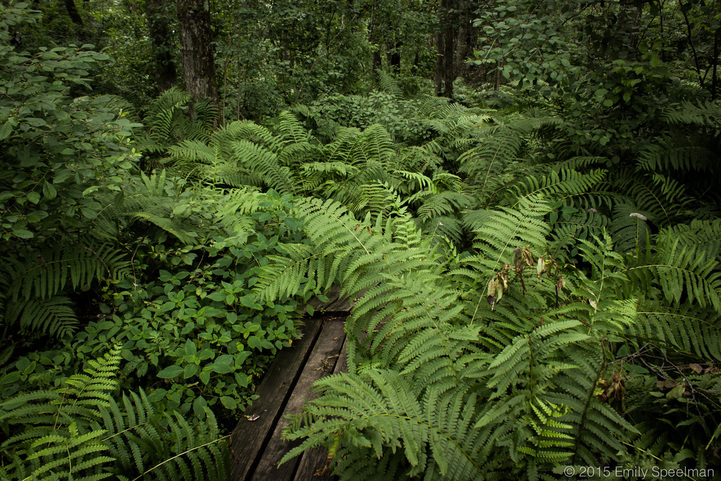
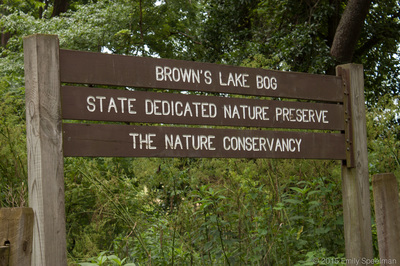



 RSS Feed
RSS Feed